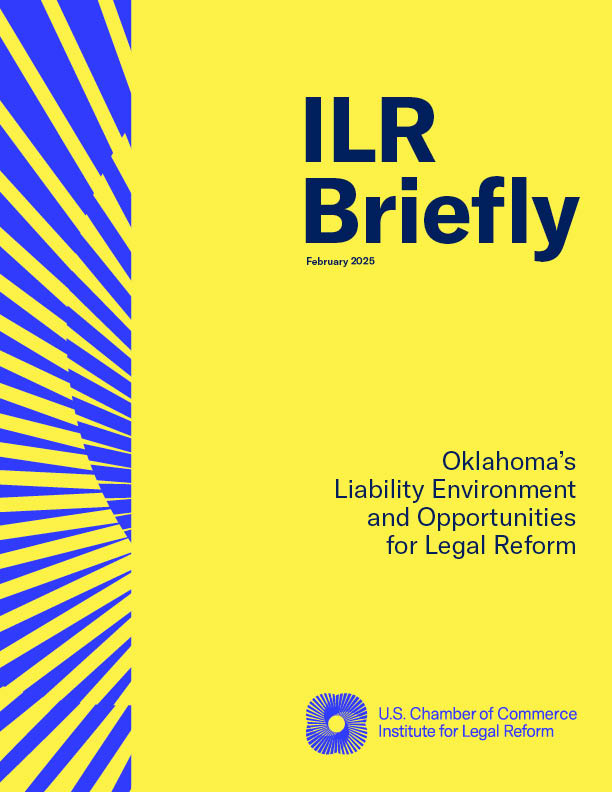“Have you or a loved one been hurt? You deserve compensation! Call now to get $$$!” Everyone in America has seen some version of that TV ad. Usually, it comes with scary music, a dramatic voiceover, and some official-sounding language about a “medical alert” or a “drug alert.” The bombastic language and overdramatic visuals can mask the fact that these ads are often part of highly sophisticated campaigns that systematically target key moments in the litigation lifecycle to maximize profits for the plaintiffs’ lawyers.
Gaming the System, examines five of the biggest mass tort lawsuits in recent history, documenting how plaintiffs’ lawyers and lawsuit lead generators deployed over $400 million to amass clients, pressure settlements, and perhaps even influence juries.
The research shows that when it comes to mass torts, the lawsuit advertising spend tends to fluctuate and ad content is often modified in response to a few key events:
- Triggering Event: Mass tort advertising begins after a triggering event such as publication of a scientific study suggesting an association between a product and an illness (even if weak or flawed), a government organization’s initiation of an investigation, or an organization classifying a substance as a possible carcinogen.
- Optimism-generating Event: Advertising increases further if subsequent events—such as an early plaintiffs’ victory or denial of a motion to dismiss—suggest that the litigation will likely go to trial and have a good chance of success.
- Surge-generating Event: Advertising spikes after a blockbuster award or after rumors of a global settlement begin to swirl. Plaintiffs’ lawyers highlight these events in ads to suggest viewers may get similar results, or to create time pressure to join the litigation.
- Advertising-depressing Event: Plaintiffs’ lawyers and lead generators typically reduce lawsuit advertising when events occur that lead them to question the soundness of their investment in the litigation. Such events can include a court dismissing a claim or rejecting the plaintiffs’ expert testimony, a jury returning a defense verdict, or a reputable organization finding that the science does not support claims made in the litigation.
This sophisticated ad cycle can create serious health consequences for vulnerable individuals—as outlined in ILR’s 2017 research paper and subsequent FDA research—and can confuse juries. The research concludes with a call to action for legislators, regulators, and courts, all of which have a role to play in ensuring that these ads do not mislead the public, harm public health, or jeopardize the right to a fair trial.


